Paradas, a stop-off town on the Camino de La Campiña
As the name suggests, this beautiful town in La Campiña was a stop-off town for travellers for years. Although Paradas was officially founded in the 15th century, it has been inhabited since Roman times, given its convenient location between the Corbones and Guadaíra river basins.
Enjoy the peace and quiet that is characteristic of the province of Seville. This town welcomes travellers and treats them like their own. It also has delicious cuisine and many festivals to offer. Paradas has a deep-rooted flamenco tradition, and its Feria de Mayo is considered one of the oldest in the province. The town also holds an annual festival celebrating the singer Miguel Vargas, who chose to live in Paradas though he was born in a neighbouring town. Flamenco also plays a significant role in the town’s Cultural Week, which has been held for over 25 years.
Paradas has other remarkable historical heritage assets including the painting of The Penitent Magdalene by El Greco, a Spanish Renaissance jewel. Furthermore, the current Town Hall was designed by Aníbal González, the architect behind the design of Seville’s Plaza de España.
Would you like to know what else you could discover? Come and visit Paradas.
Getting to Paradas
If you travel by car from Seville, take the A 92 motorway to exit 46. Then take the SE-5201 until you reach Paradas in a few minutes.
The nearest train station is in Marchena, which is about 13 minutes away. From there you can take a taxi or the bus that runs between Seville and Marchena and stops in Paradas. This bus departs from Prado de San Sebastián station in Seville.
Getting around
Take a stroll around this charming town in La Campiña. You can also hike or cycle through its natural surroundings.
Reasons to visit
- Visit the museum inside San Eutropio Church and admire the painting of The Penitent Magdalene by El Greco; a real Renaissance gem.
- Admire the beauty of the Carmen de los Arrayanes Andalusí Palace. It is inspired by the Alhambra in Granada.
- Sample the typical delicious dishes such as ajo molinero, tomato soup and arroz de verano con tomates.
- Experience the town’s Feria de Mayo, the oldest in the province of Seville.
- If you have a sweet tooth, try the traditional biscuits, including the albarditas and roscos de San Blas.
- Do you enjoy flamenco? There are two events you cannot miss: the Flamenco Cultural Week, held in April, which has been going for over 25 years, and the Miguel Vargas Memorial, held in June for more than two decades.
What to see
Start your visit at Calle Larga, the main street in Paradas. Visit the Town Hall and stroll through its gardens. You will be amazed by the beautiful architecture, designed by Aníbal González, who also created Seville’s famous Plaza de España. The dome inside the Town Hall is what remains of the Shrine to San Juan de Letrán over which it was built.
One minute away, on Calle Padre Barea, is San Eutropio Church, which bears the name of the patron saint of Paradas. This baroque temple has beautiful sculptures, including the Virgen de los Remedios by Antonio Castillo Lastrucci. The Museum of San Eutropio is housed in the old vestry, where the painting of The Penitent Magdalene by El Greco is displayed, in addition to other valuable items.
Go back to Calle Larga and look out for Casa de la Cultura, popularly known as Casa Escalera, a building with a unique history. This place is part of the town’s collective identity, as many residents studied here. It was a school during Franco’s regime.
Also on this street is the Carmen de los Arrayanes Andalusí Palace. Although it is privately owned, it is open to visitors. You will be impressed with the architecture inspired by the Alhambra in Granada.
The Shrine to San Albino is also a remarkable building. What used to be a temple is now a cultural leisure space. The street where it is located is named for the saint.
You can now stroll through the Gregorio Marañón Gardens, and admire the Miguel Vargas Memorial, honouring the flamenco singer who lived and died in Paradas. You can also pay tribute to him by visiting his mausoleum at the local cemetery.
Finally, take a hiking route around the town. Look out for the two fountains that supplied water to Paradas for centuries, El Cañuelo and Birrete.
Places to visit
- San Eutropio Parish Church
- San Eutropio Parish Museum
- Carmen de los Arrayanes Andalusí Palace (privately owned but open to visitors on Fridays)
- Town Hall (designed by the architect Aníbal González)
- Shrine to San Albino
- Casa Escalera, headquarters of Casa de la Cultura, called La Comarcal
- Gregorio Marañón Gardens
- El Cañuelo and Birrete Fountains (towards Marchena)
Surroundings
Paradas is 55 kilometres from Seville in the La Campiña region. The municipal district stretches over a plain located in Corbones and Guadaíra river basins.


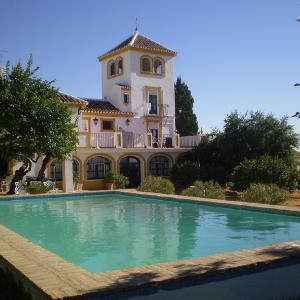
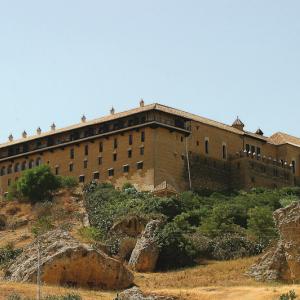
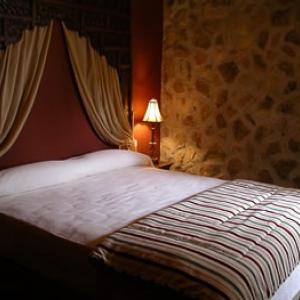
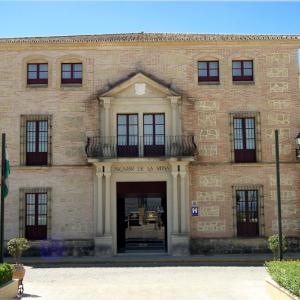
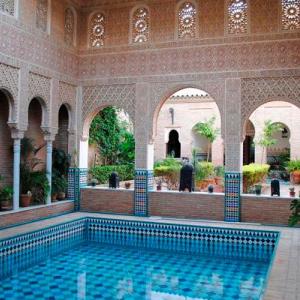
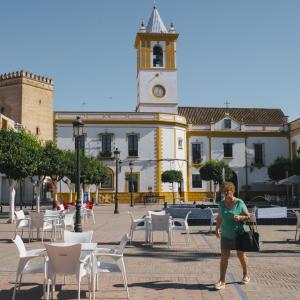
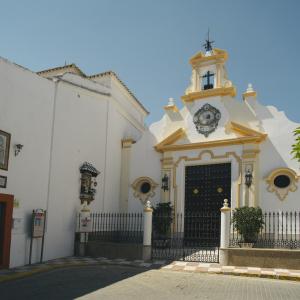
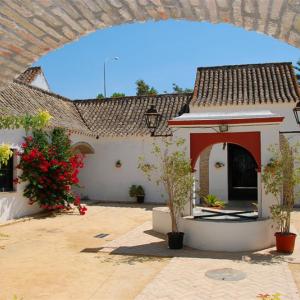
0 comments
New comment
The comments are moderated, so it takes a while to appear. If they contain offensive language they will not be published.